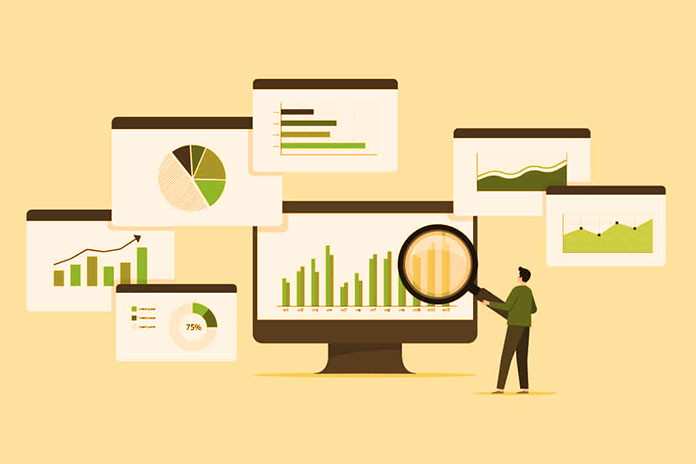Master Data Management (MDM) plays a crucial role in modern data-driven organizations, ensuring accurate and consistent data is maintained across various systems and applications. The efficiency of an MDM system heavily relies on the ingestion and integration techniques employed.
The features of the Microsoft Intelligent Data Platform provide comprehensive tools and services designed to empower organizations in their data management journey. With its powerful features and capabilities, the platform offers robust data ingestion, integration, and management solutions, enabling organizations to achieve efficient and effective MDM operations. This article will explore some techniques to maximize your MDM system’s efficiency.
Data Profiling and Cleansing
Before ingesting data into your MDM system, it is essential to profile and cleanse it. Data profiling helps understand the data’s quality, completeness, and consistency. It identifies data anomalies, duplicates, and inconsistencies, that can change the accuracy and impact the reliability of your MDM system. Cleansing the data involves standardizing formats, removing duplicates, and resolving inconsistencies to ensure high-quality data ingestion.
Extract, Transform, Load (ETL)
The ETL process is a commonly used technique for data ingestion and integration. It involves extracting data from various sources, transforming it to conform to a standard data model, and loading it into the MDM system. ETL tools facilitate this process by providing functionalities such as data extraction connectors, data transformation capabilities, and data loading mechanisms. Leveraging efficient ETL techniques can significantly enhance the speed and accuracy of data ingestion, leading to improved MDM efficiency.
Also Read: Requirements Management: The Basis For Successful Projects
Real-time Data Integration
While traditional batch-based ETL processes suit many MDM scenarios, real-time data integration techniques are gaining popularity, especially in organizations requiring up-to-the-minute data accuracy. Real-time integration involves capturing and processing data changes as they occur, ensuring that the MDM system reflects the most current and accurate information. Techniques like Change Data Capture (CDC) and event-driven architectures enable real-time data integration, reducing latency between source and MDM systems.
API-based Integration
Application Programming Interfaces (APIs) provide a standardized and efficient way to integrate data sources with your MDM system. APIs enable seamless communication and data exchange between different systems, making it easier to ingest and integrate data in a controlled and secure manner. By leveraging API-based integration, you can establish real-time connectivity with various methods, eliminating the need for manual data extraction and ensuring a streamlined data flow into your MDM system.
Data Virtualization
Data virtualization is an innovative technique that allows you to create a unified virtual view of data from multiple sources without physically moving or replicating the data. With data virtualization, you can access and integrate data from disparate systems in real time, reducing the complexity and costs associated with traditional data integration methods. Integrating virtualized data into your MDM system can enhance efficiency by providing a holistic view of master data while minimizing data duplication and latency.
Metadata Management
Effective metadata management is crucial for maximizing the efficiency of your MDM system. Metadata provides context and understanding of the data, its sources, and its relationships. By implementing robust metadata management practices, such as metadata extraction, mapping, and lineage tracking, you can improve data quality, ensure compliance with regulatory requirements, and enhance data governance within your MDM system. Furthermore, metadata-driven integration techniques allow for automated data ingestion and alignment, reducing manual effort and increasing efficiency.
Data Governance Framework
A well-defined data governance framework is essential for maintaining the efficiency and effectiveness of your MDM system. It provides guidelines, policies, and processes for managing data throughout its lifecycle, including data ingestion and integration. By establishing data governance practices, you can ensure data quality, enforce data standards, and enhance collaboration between data stakeholders. A robust data governance framework is a foundation for efficient MDM operations, ensuring that the correct data is ingested and integrated in a controlled and governed manner.
Final Notes
Efficient data ingestion and integration techniques are fundamental to maximizing the efficiency of your MDM system. This is true with the help of the Microsoft Intelligent Data Platform. You can ensure accurate and consistent data ingestion by employing data profiling, ETL processes, real-time integration, API-based integration, data virtualization, metadata management, and a data governance framework while reducing duplication, latency, and manual effort. Embracing these techniques will enable your organization to unlock the full potential of its MDM system, resulting in improved data quality, enhanced decision-making, and streamlined operational processes.
Also Read: Management Control: What It Is And What It Is For

